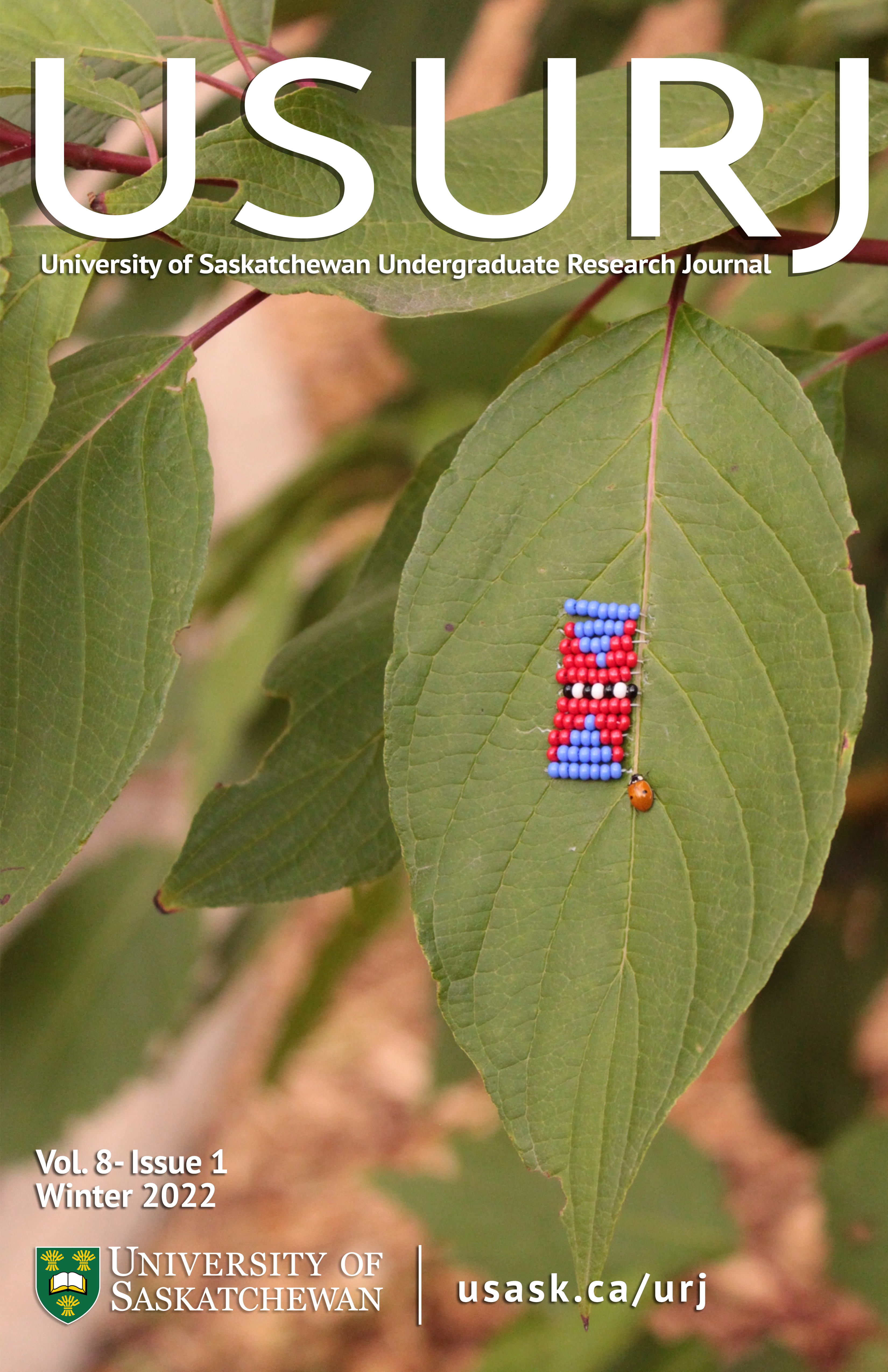Sisters Are Doing It for Each Other Sisterhood in Shakespeare’s The Taming of the Shrew and Gil Junger’s 10 Things I Hate About You
Main Article Content
Abstract
Shakespeare’s play, The Taming of the Shrew, has faced harsh criticism for its sexist portrayal of women and depictions of abuse. Yet, modern adaptations of the play continue to be produced. Gil Junger’s 1999 teen romantic comedy adaptation of The Taming of the Shrew, titled 10 Things I Hate About You, appears to challenge the play’s problematic themes by developing the relationship between sisters Katherine and Bianca beyond the play’s strict, sexist notion that the ideal woman should be obedient and submissive to their husband. In doing so, the film enfranchises the sisters beyond the play’s binary characterization of women as good or bad. Instead turning them into more complex and human characters. Though the film also introduces Kat and Bianca as rebellious and obedient respectively, scenes in which the sisters discuss their romantic relationships as well as address and resolve their own conflicts allow them complex character development as both women and sisters. As such, the film subverts the play’s gender binaries by prioritizing the development of a loving relationship between sisters in favour of heterosexual romance, thus suggesting that sisterhood is a theme worth contemplation and exploration. The characterizations of Kat and Bianca in 10 Things I Hate About You encourages its audience to reject sexist and limiting understandings of women as depicted in The Taming of the Shrew by illustrating the complexities of young women and idealizing the support and love found within sisterhood.
Downloads
Article Details
Section
Articles: USURJ’s current Publication Agreements apply a Creative Commons Attribution-NonCommercial License (CC-BY-NC) by default. The CC BY-NC license lets others remix, tweak, and build upon work non-commercially. The author(s) can choose a different CC license, as outlined in https://creativecommons.org/about/cclicenses/. Please see the PDF for each article to determine what license is applied to that article. Author(s) can also request to reserve all copyright (All Rights Reserved). If there is no indication for articles published before September 2020, assume the author retains all rights beyond those necessary for publication by USURJ. All articles published after September 2020 will apply one of the aforementioned CC licenses. See the Publication Agreement under the Submission Preparation Checklist or Author Guidelines for more information. Artwork: All copyright for the original artwork remains with the artist unless they wish to apply a Creative Commons (CC) license to the artwork. Please see the PDF for each artwork to determine what license is applied to that artwork.
